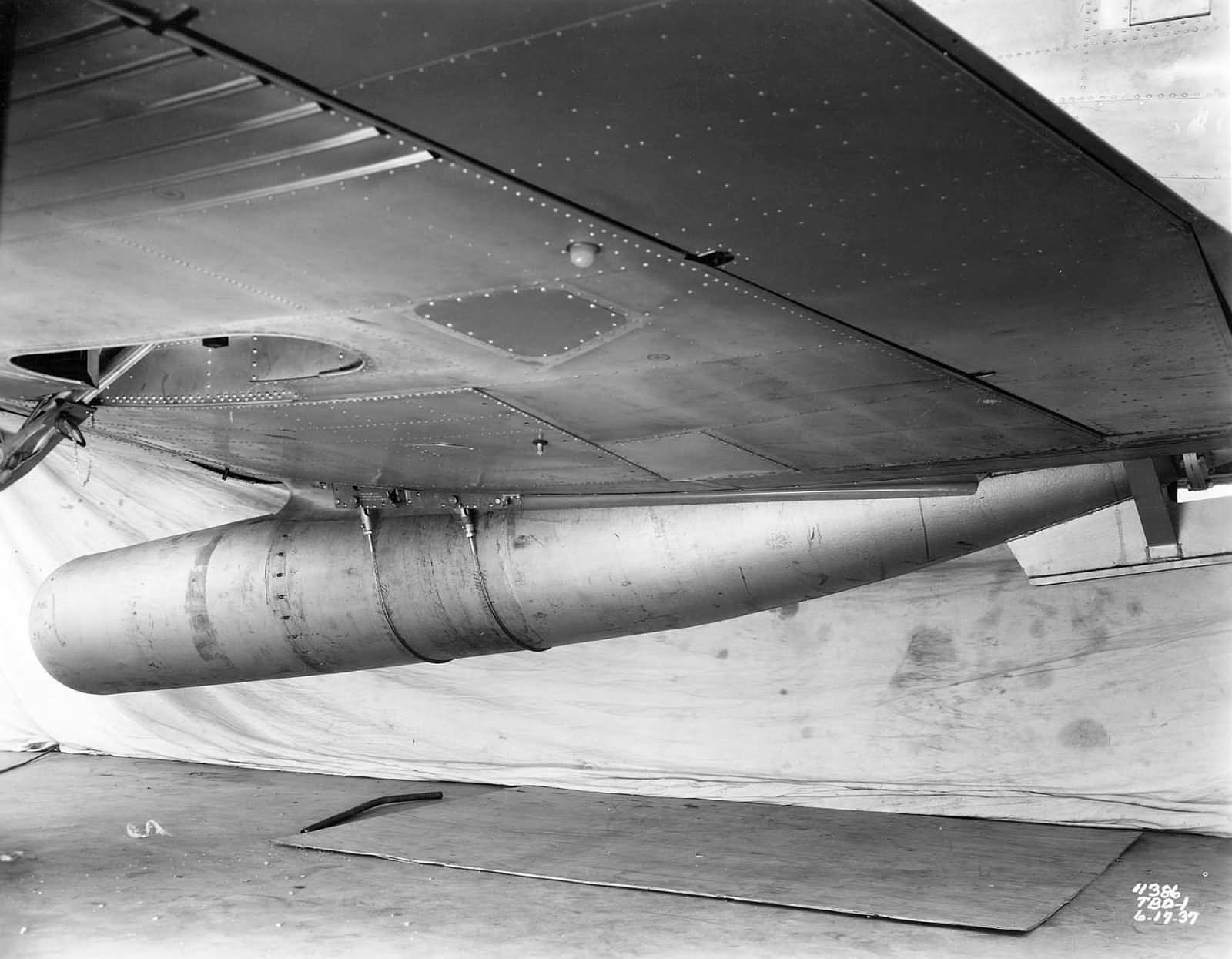In the early stages of World War II, the United States Navy faced significant challenges with its torpedoes, particularly the Bliss-Leavitt Mk. 13, which was the primary air-launched torpedo used by naval aircraft. The Mk. 13 was the result of post-World War I experimentation during the 1920s, and it quickly proved to be a flawed weapon system in actual combat.
Key Issues with the Mk. 13 Torpedo
Several factors contributed to the shortcomings of the Mk. 13 torpedo:
Lack of Combat Testing: The Mk. 13 was too heavy (2,216 lb or 1,005 kg) to be carried by the Navy’s biplane bombers of the early 1930s. As a result, it was never subjected to realistic combat testing prior to World War II. This lack of testing meant that its performance in real-world conditions, such as high-speed launches from aircraft, had not been properly evaluated.
Instability: At just 13 feet 5 inches in length, the Mk. 13 was relatively short compared to other torpedoes, such as the highly effective Japanese Type 94 “Long Lance”. This shorter design contributed to instability during its deployment. After launch, the Mk. 13 was prone to diving too deep, a phenomenon known as “sounding,” which significantly reduced the likelihood of hitting a target.
Operational Limitations: The torpedo required a low-altitude and low-speed approach during launch, further complicating its use in combat. Aircraft dropping the Mk. 13 had to fly at less than 90 knots (about 100 mph) and at an altitude of under 100 feet, making the attacking planes vulnerable to enemy anti-aircraft fire. These restrictions made it difficult for pilots to deploy the weapon effectively, especially against fast-moving and well-defended Japanese ships.
Low Speed: The Mk. 13 torpedo had a maximum speed of only 33 knots (38 mph), making it difficult to score hits on faster, more maneuverable enemy vessels. This was a significant disadvantage compared to the Japanese “Long Lance” torpedo, which was faster, had a longer range, and was far more reliable.
Solutions and Modifications
To address these problems, the Navy implemented several modifications to improve the Mk. 13’s performance:
Drag Device: A wooden drag device was attached to the torpedo’s nose, which helped reduce its tendency to dive too deep upon entering the water.
Tailfin Boxes: Wooden boxes were added to the torpedo’s tailfins to increase stability during the launch and entry into the water. These modifications helped slow down the speed of the torpedo when it hit the water, reducing the risk of it breaking apart or malfunctioning.
Detachable Components: Both the wooden drag device and tailfin boxes were designed to detach once the torpedo stabilized in the water, allowing it to proceed as a normal torpedo after launch.
These relatively simple fixes made the Mk. 13 a more reliable weapon, allowing it to achieve better accuracy and reliability in combat. By the end of the war, the modified Mk. 13 had become a more effective tool in the U.S. Navy’s arsenal, contributing to the success of torpedo bombers such as the TBF Avenger in naval battles throughout the Pacific.
